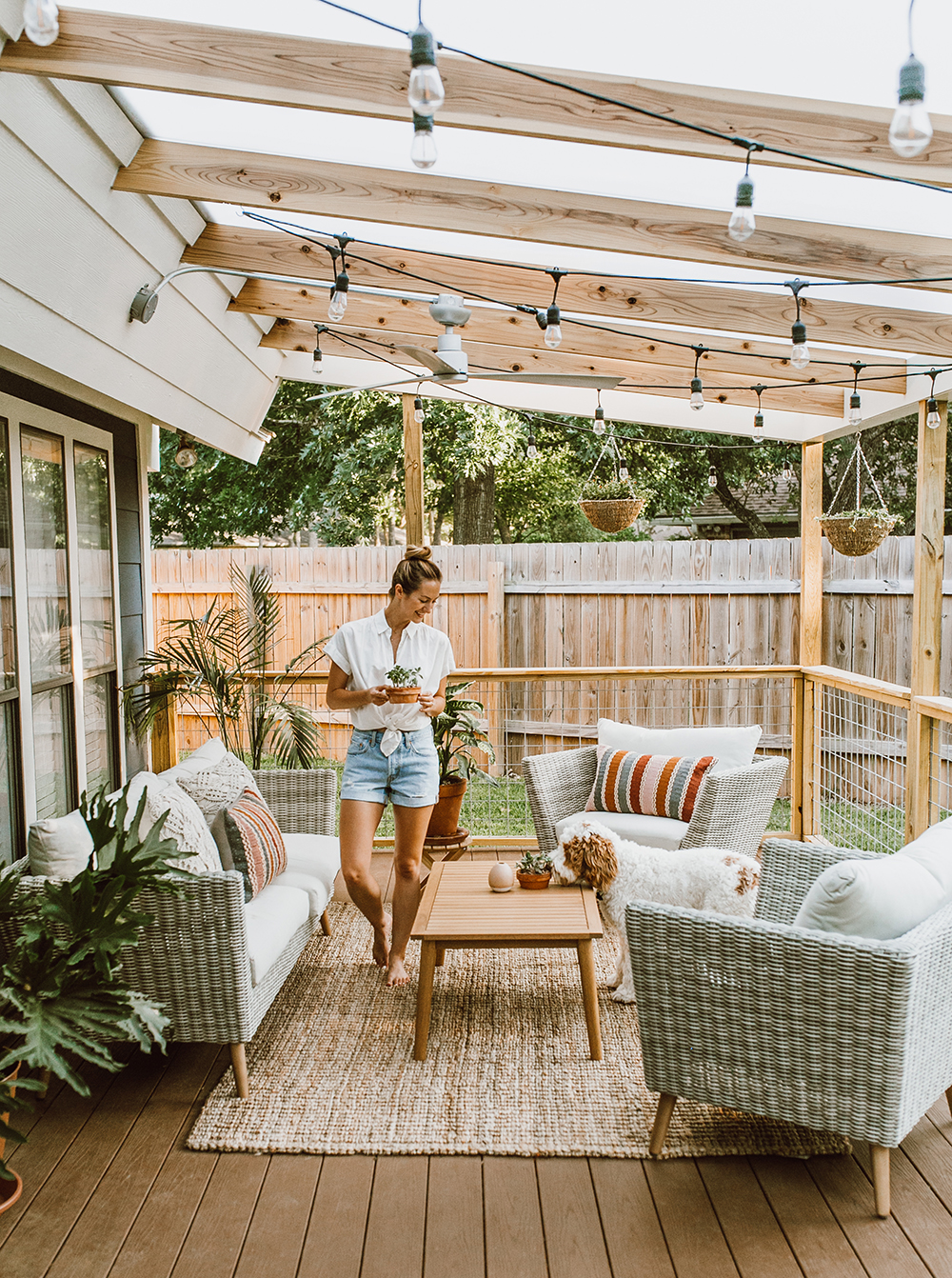
Patio Renovation: Transform Your Outdoor Oasis
Introduction
A well-designed patio can extend your living space outdoors, providing a tranquil retreat for relaxation and entertainment. Whether you’re looking to upgrade an existing patio or create a brand-new one, a patio renovation can add value to your home and enhance your outdoor enjoyment. This comprehensive guide will walk you through every step of the patio renovation process, from planning and design to material selection and construction.
Planning and Design
1. Determine Your Needs and Goals
Start by considering how you plan to use your patio. Will it be primarily for dining, lounging, or a combination of both? Do you need space for a grill or outdoor kitchen? Once you have a clear idea of your needs, you can begin to plan the layout and design of your patio.
2. Choose a Location
The location of your patio is crucial for both functionality and aesthetics. Consider factors such as sun exposure, privacy, and proximity to your home. Avoid placing your patio too close to trees or shrubs, as roots can damage the surface.
3. Select a Shape and Size
The shape and size of your patio will depend on the available space and your intended use. Common patio shapes include rectangles, squares, circles, and irregular forms. Determine the optimal size based on the number of people you typically entertain and the activities you plan to engage in.
4. Design the Layout
Plan the layout of your patio carefully to ensure a functional and inviting space. Consider the placement of seating areas, dining tables, and any other features you desire. Create designated zones for different activities, such as cooking, eating, and relaxing.
Material Selection
5. Concrete
Concrete is a durable and versatile material that offers a wide range of design options. It can be stamped, colored, or textured to create a custom look. Concrete patios are relatively easy to install and maintain, making them a popular choice for homeowners.
6. Pavers
Pavers are individual stones or bricks that are laid together to create a patio surface. They come in a variety of materials, including concrete, clay, and natural stone. Pavers offer a classic and elegant look, and they can be easily repaired or replaced if damaged.
7. Natural Stone
Natural stone patios are a luxurious and durable option. They can be made from a variety of materials, such as granite, limestone, and sandstone. Natural stone patios have a timeless beauty and can enhance the value of your home.
8. Wood
Wood patios offer a warm and inviting ambiance. They can be made from a variety of wood species, such as cedar, redwood, and pressure-treated pine. Wood patios require regular maintenance to protect them from the elements.
Construction
9. Site Preparation
Before you begin construction, it’s essential to prepare the site properly. Remove any existing vegetation, level the ground, and compact the soil. This will ensure a solid foundation for your patio.
10. Base Layer
The base layer of your patio provides support and drainage. It typically consists of crushed gravel or compacted soil. The thickness of the base layer will depend on the type of material you choose for your patio surface.
11. Edging
Edging helps to define the perimeter of your patio and prevent the materials from shifting. It can be made from a variety of materials, such as concrete, pavers, or metal.
12. Patio Surface
The patio surface is the visible part of your patio. It can be made from a variety of materials, as discussed in the "Material Selection" section. Install the patio surface according to the manufacturer’s instructions.
13. Drainage
Proper drainage is essential to prevent water from pooling on your patio. Install a drainage system, such as a French drain or dry well, to redirect water away from the surface.
14. Finishing Touches
Once the patio surface is installed, add finishing touches to enhance its functionality and aesthetics. This could include installing lighting, adding planters, or creating a fire pit or outdoor kitchen.
Enhancements
15. Outdoor Kitchen
An outdoor kitchen is a great way to extend your cooking and entertaining space. It can include a grill, refrigerator, sink, and storage cabinets. Design your outdoor kitchen to complement the style of your patio and meet your culinary needs.
16. Fire Pit
A fire pit provides warmth and ambiance on cool evenings. It can be a focal point for your patio and a place to gather with friends and family. Choose a fire pit that complements the design of your patio and provides the desired amount of heat.
17. Pergola or Gazebo
A pergola or gazebo can provide shade and shelter from the elements. They can also add a decorative touch to your patio. Choose a structure that complements the style of your patio and provides the desired level of coverage.
18. Water Feature
A water feature, such as a fountain or pond, can add a calming and serene touch to your patio. It can also attract wildlife and create a relaxing atmosphere. Choose a water feature that complements the size and style of your patio.
19. Lighting
Proper lighting is essential for creating a safe and inviting outdoor space. Install a combination of ambient, task, and accent lighting to enhance the functionality and aesthetics of your patio.
20. Landscaping
Landscaping around your patio can enhance its beauty and privacy. Plant trees, shrubs, and flowers to create a lush and inviting outdoor oasis. Choose plants that are suitable for your climate and the amount of sunlight your patio receives.
Conclusion
A well-designed and constructed patio can transform your outdoor space into a tranquil retreat for relaxation and entertainment. By carefully planning the layout, selecting the right materials, and adding thoughtful enhancements, you can create a patio that meets your needs and complements the style of your home. With proper maintenance, your patio will provide years of enjoyment and add value to your property.